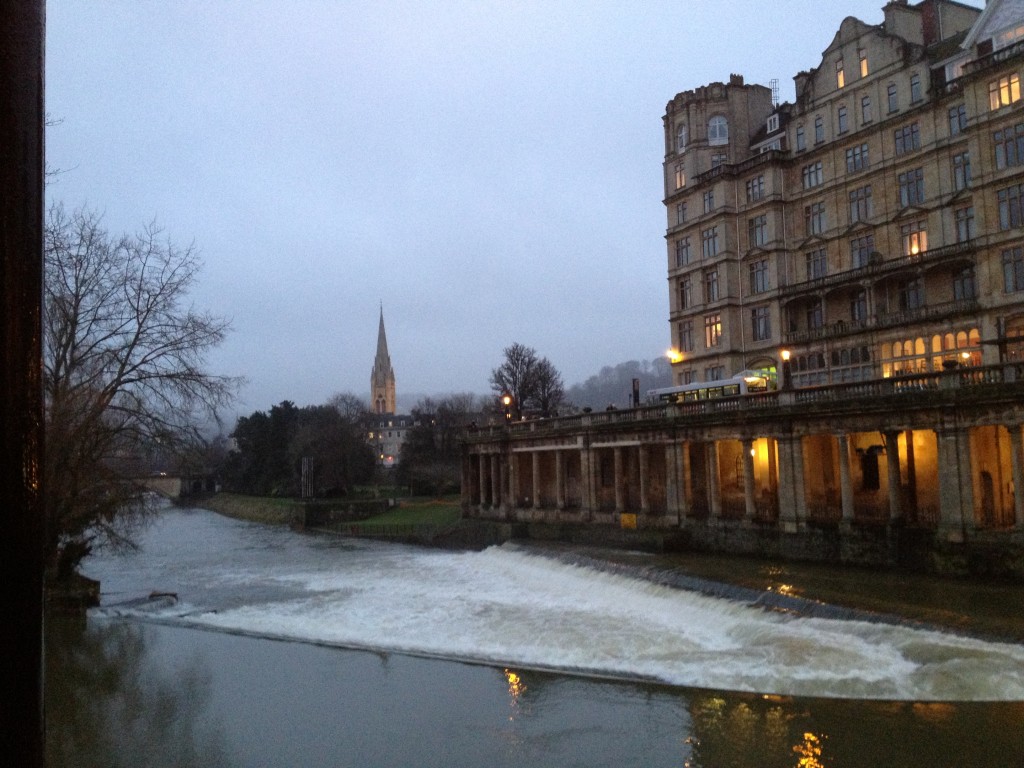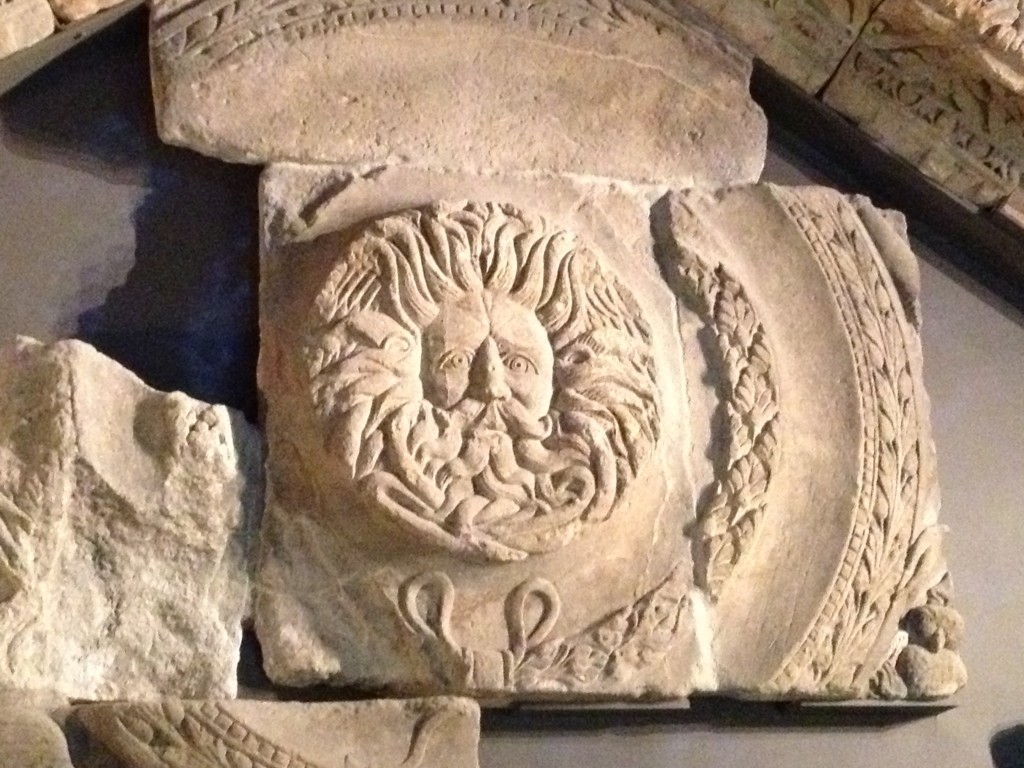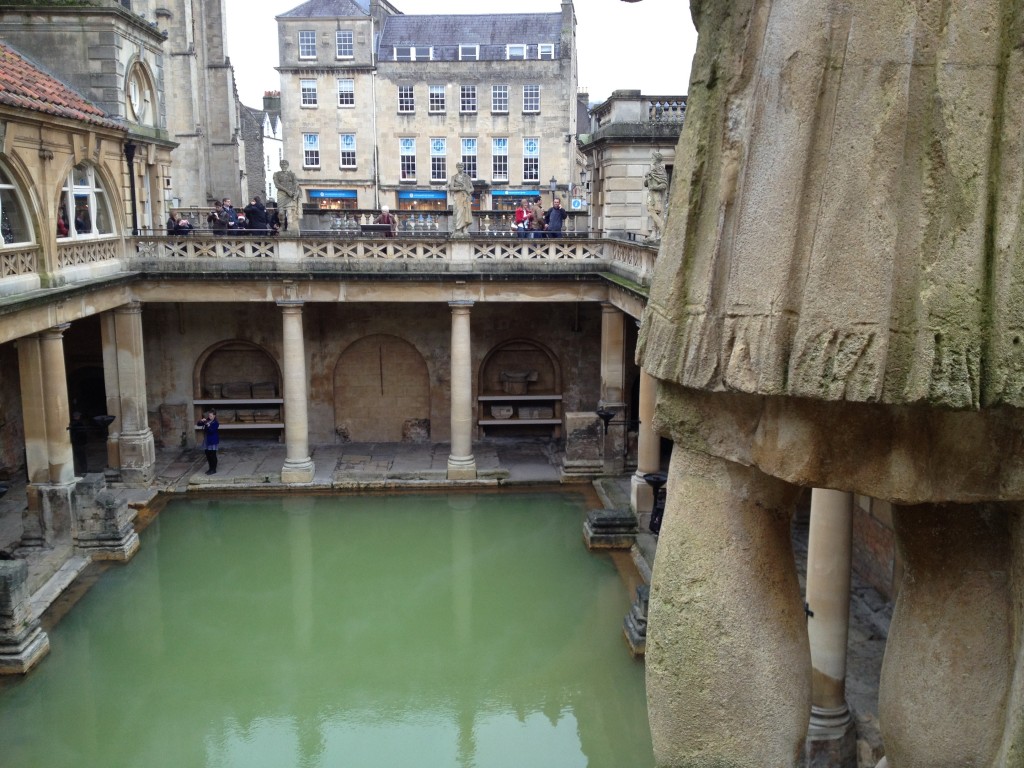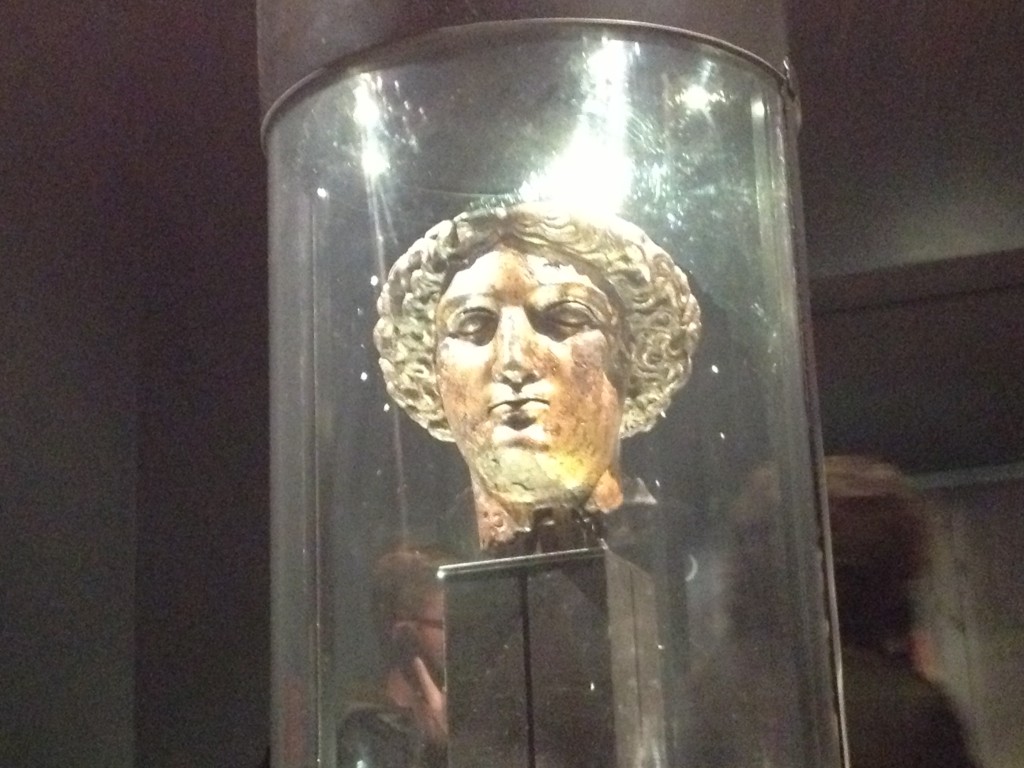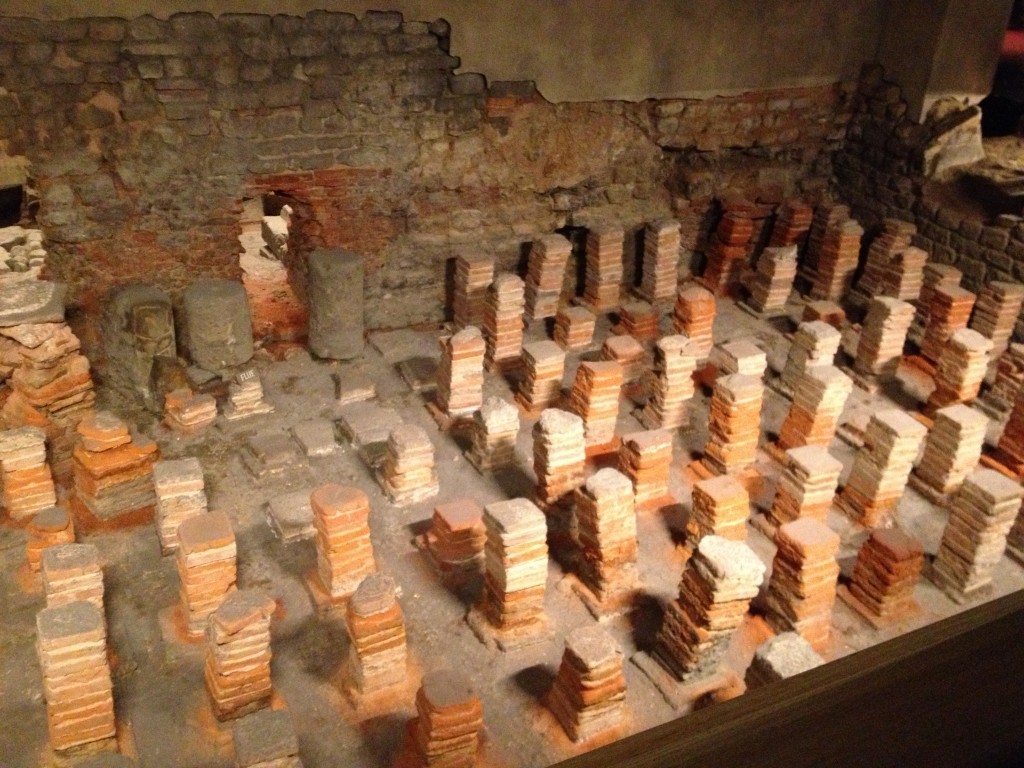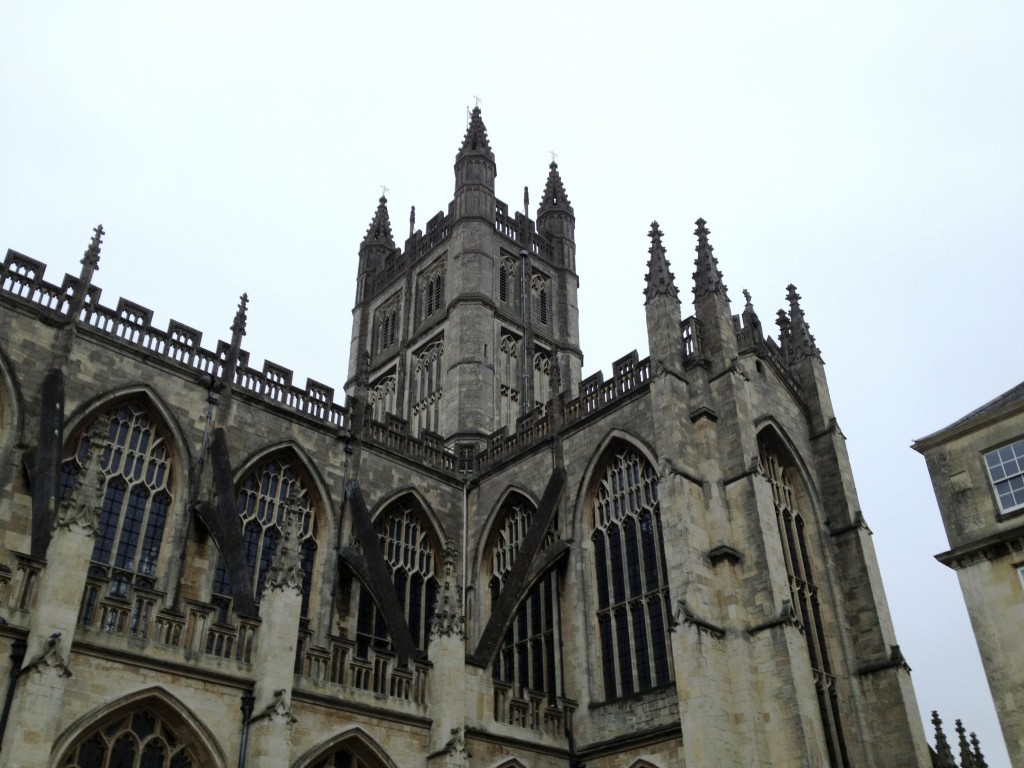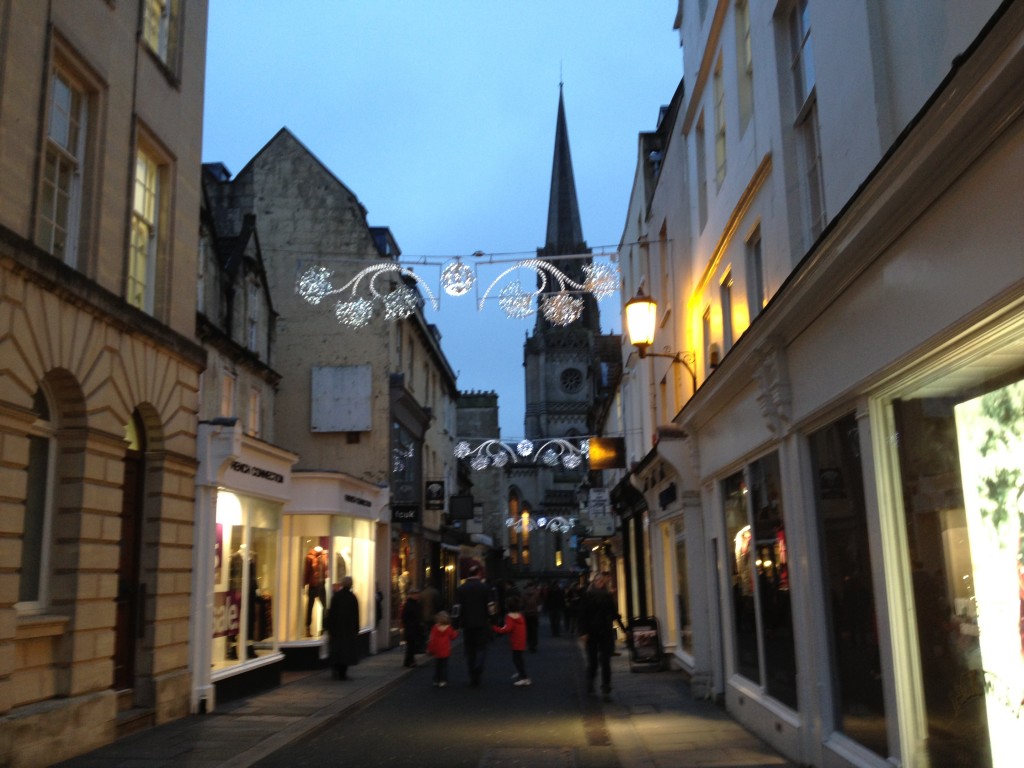I visited Bath the other day, not my first visit, but my first visit in the winter. Bath is a lovely town, and that beauty isn’t diminished by the “headache gray” skies of winter.
The Portland stone buildings glow even under the dingy light of early January. Christmas lights dazzle despite the gloom. And underground, in the Roman Baths Museum, ancient artifacts and structures delight archeology buffs like me.
And then there’s Jane Austen. It’s reported she didn’t like Bath, and supposedly Queen Vic ordered the curtains in her carriage closed when driving through Bath. I guess if all they knew of Bath was the pathetic Jane Austen Centre, with a few period items on display (that have no connection to Jane Austen, housed in a Georgian building she never lived in), then it’s not surprising they weren’t impressed. But Jane never knew of the Roman baths and goddesses underneath the streets of 18th century Bath.
And Queen Victoria, well, I suppose she had her reasons.
But I do like Bath, even in the dead of winter.
Some images of Bath and the Roman Baths Museum:

